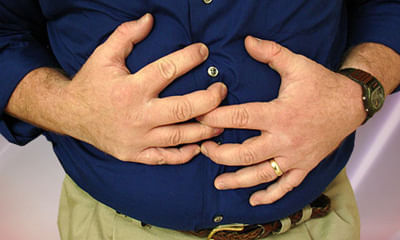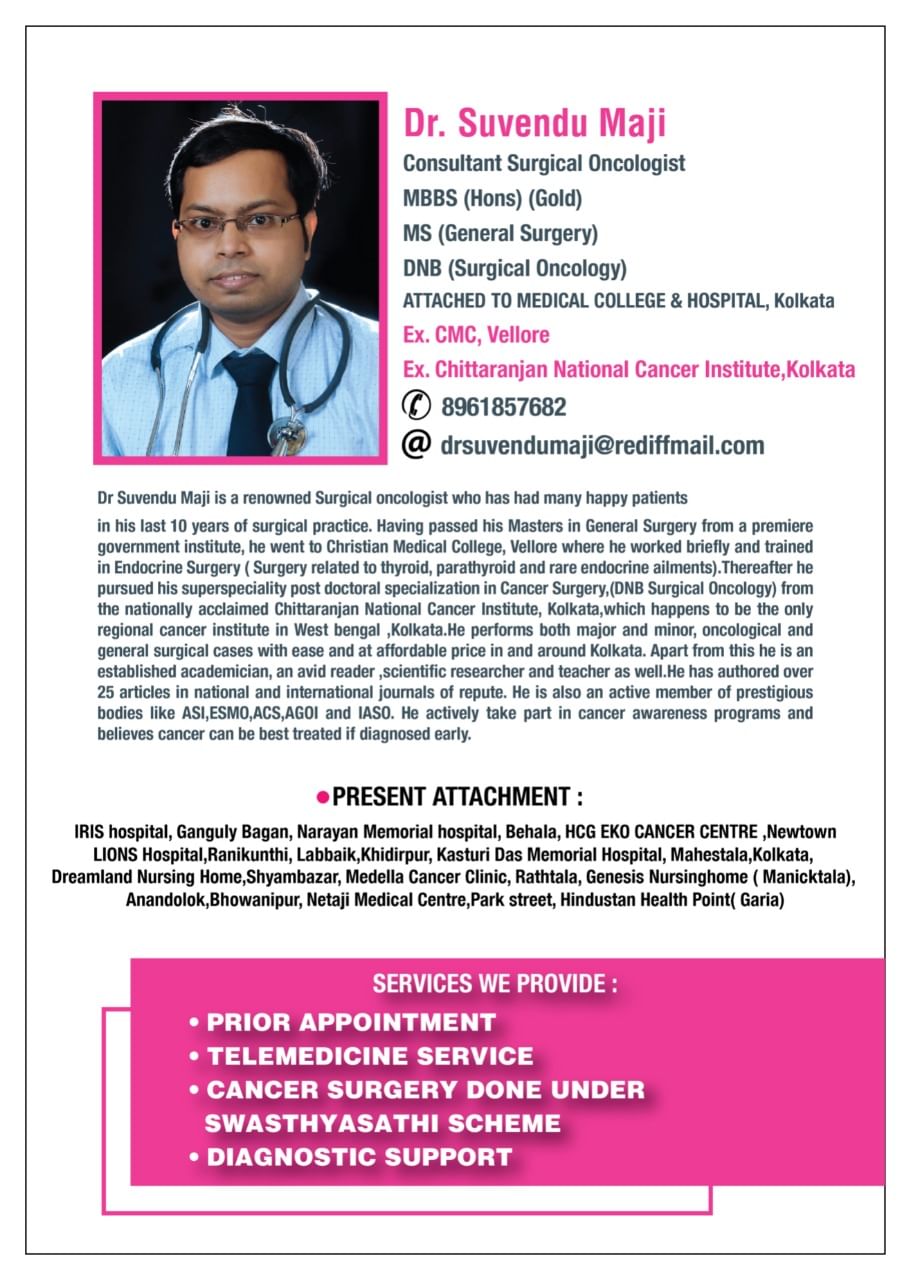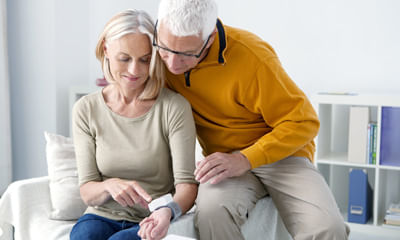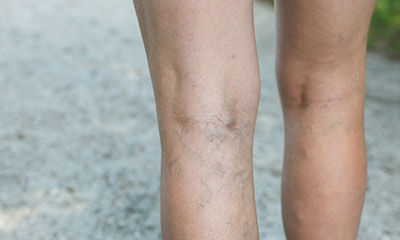Get the App
For Doctors
Login/Sign-up
Health Feed
Find Doctors
Health Packages
AllQ&AsTipsQuizzes
Deep Vein Thrombois Health Feed
Asked for male, 22 years old from Noida
Share
Bookmark
Report
Hello lybrate-user, superficial venous thrombosis is as such itself is not very dangerous, the important point is to find out why it has happened. A injury 4 years back (probably not that major as you could ignore that) is not very convincing as the primary cause. For burning at night, you can have methycobal 1500 mcg intramuscular injection.
30 people found this helpful
Health Query
Share
Bookmark
Report
Asked for male, 42 years old from Bangalore
Share
Bookmark
Report
Asked for male, 20 years old from Noida
Share
Bookmark
Report
Hello lybrate-user, we are happy to help you regarding this your history was not complete meanwhile its confusing us don't worry much its just minimal if the size was big enoff pls consult me online ill clear regarding it if you wish to take appointment you can tysm for posting your query just put ice cubes over it two times if its not relieved you can consult me online through various modes of modes consultations, keep updating us your queries as well.
89 people found this helpful
Health Query
Share
Bookmark
Report
If the doppler study is normal and not showing any thrombosis (clot), it may be an age-related pain.
There may not be any relation between the covid vaccine and the leg pain because having pain after 40 days of the vaccination is unlikely due to adverse effect of the vaccination.
Consult an orthopedician for better assessment and she may have to do physiotherapy.
There may not be any relation between the covid vaccine and the leg pain because having pain after 40 days of the vaccination is unlikely due to adverse effect of the vaccination.
Consult an orthopedician for better assessment and she may have to do physiotherapy.
Asked for female, 28 years old from Bhopal
Share
Bookmark
Report
Hello it is unlikely that your mom has dvt as she already on blood thinners. It can be a hematoma or ecchymosis due to her blood thinners. Stop the blood thinners and do a complete blood count and a coagulogram.
You can share the pics in my inbox so that I can help in a better way.
Regards.
You can share the pics in my inbox so that I can help in a better way.
Regards.
235 people found this helpful
Asked for male, 52 years old from Nagpur
Share
Bookmark
Report
Health Query
Share
Bookmark
Report
Spiranolactone/ bisoprolol / apixaban all medicines seems to be started for valid indications.
Spiranolactone may cause alopecia (hair loss) and also insomnia (sleep disturbance)
bisoprolol and apixaban are very very less likely to result in the said adverse effect.
Would like to know from you when was your dvt diagnosed and how long have you took apixaban and at what dose, was any scan done after 3 or 6 month interval to find residual dvt if any, and what was the cause for your dvt ...more
Spiranolactone may cause alopecia (hair loss) and also insomnia (sleep disturbance)
bisoprolol and apixaban are very very less likely to result in the said adverse effect.
Would like to know from you when was your dvt diagnosed and how long have you took apixaban and at what dose, was any scan done after 3 or 6 month interval to find residual dvt if any, and what was the cause for your dvt ...more
292 people found this helpful
Asked for male, 58 years old from Kolkata
Share
Bookmark
Report
Last Updated: 5 years ago• Featured Tip
Share
Bookmark
Report
Clotting of blood during or after pregnancy is fairly common these days. While the reasons for these are numerous, the driving reason behind this being that the mother is weak after such an ordeal and it is, therefore, likely to affect her health. In pregnant women, blood clots tend to form in the deep veins present in the legs or near the pelvic area. The condition is known as Deep Vein Thrombosis (DVT). One of the main concerns for people suffering from Deep Vein Thrombosis (DVT) is the occurr...more
Book appointment with top doctors for Deep Vein Thrombois treatment
View fees, clinic timings and reviews
Ask a free question
Get FREE multiple opinions from Doctors
posted anonymously



















